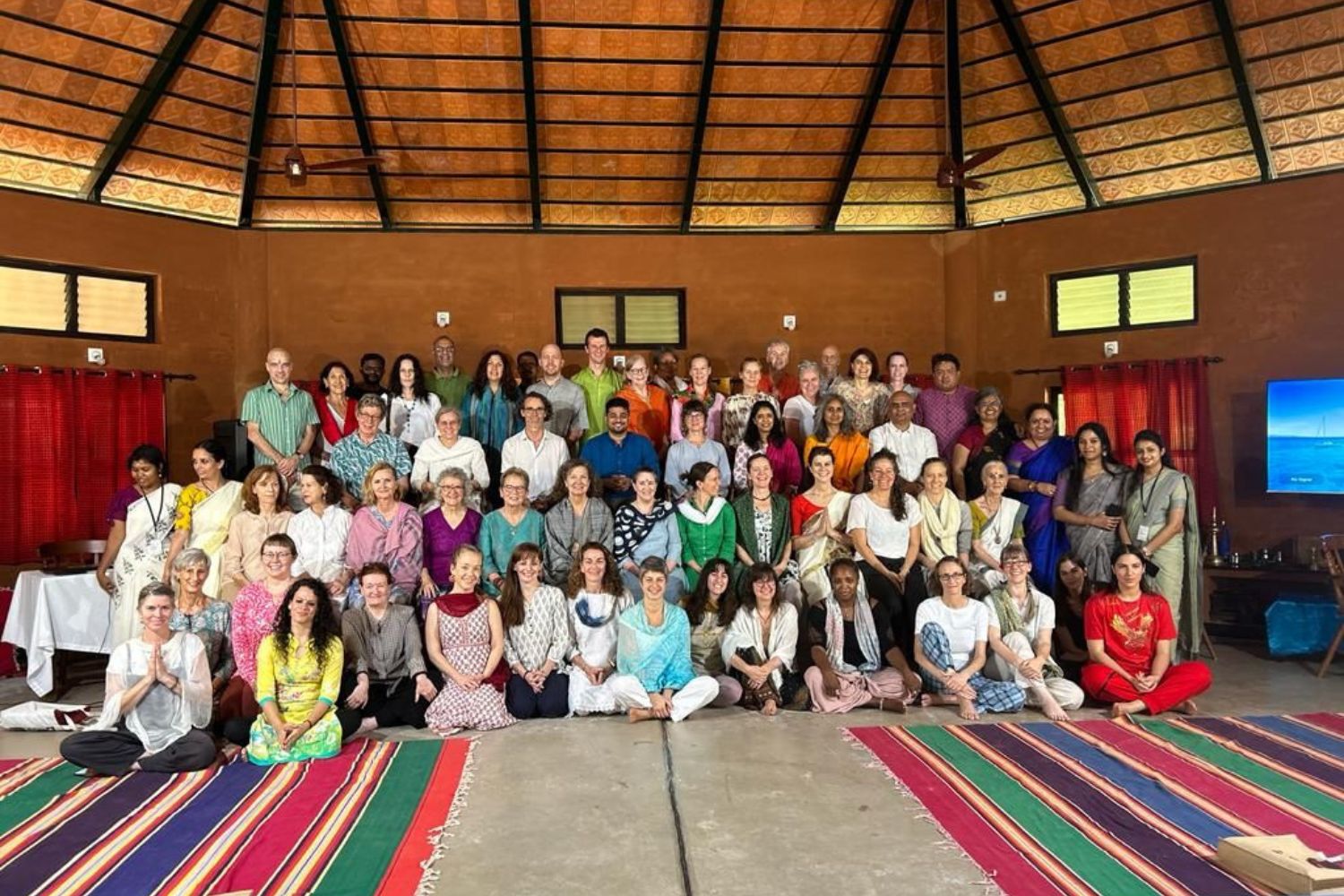Traditions
The following are some of the traditions or systems we find in India over the ages. All of them continue to present day.
Ṣaḍdarśana: “Ṣaḍ” means, “six” and, as noted above, the word, “darśana” –often translated as, “philosophical systems”– literally means, “seeing.” The six darśanas are: 1. uttara mīmāṃsā/ vedānta inspired by the teachings of the Upaniṣads; 2. sāṃkhya (a dualist philosophy, it describes the descent of consciousness from most subtle to most gross); 3.yoga (systematic methods to benefit the body, mind or spirit). 4. pūrva mīmāṃsā (an ancient school of Vedic exegesis and interpretation) and 4. & 5. nyāya & vaiśeṣika (relating to systems of logic, methodology, metaphysics, etc.)
Sampradāyas (sects), mārgas (paths), māṭhas (traditions), samājs (societies) or religions, are all terms used in names of various spiritual lineages or traditions. Some examples: Nath sampradāya, puṣṭimārga , sānt māṭha or the Christian religion.
Sampradāyas are fixed lineages, sects or sets of teachings originating from a particular ācārya (teacher). Not all ācāryas are founders of sampradāyas, but all sampradāyas arise from originating ācāryas.
There are established sampradāyas from ācāryas like Śaṅkara, Rāmānuja, Vallabha, etc., or from those whom Abhinavagupta calls saṃsiddhika – self-enlightened who teach pretty much on their own, like many present teachers. Some of these attach themselves to older traditions, like Muktananda declaring himself to be descended from “Kashmir Śaivism”.
There are four main sampradāyas in Hinduism, with various sects within the umbrella sampradāya:
- Śaivism; includes Nath Sampradāya from Gorakhnath (including Nandinatha and adinatha). Dashanami. Siddhanta and Kashmiri-kundalini (Abhinavagupta & Swami Muktananda—shaktipat; based on shiva sutras)
- Śāktism; including sri vidya
- Vaiṣṇavism; including Dvaita (god and soul exist separately) of Madhvacharya; Vishishtadvaita of Ramanuja; Dvaitadvaita of Nimbārka Sampradāya, and Puṣṭimārga of Vallabacharya
- Smārtha
Tantra: Tantric texts & traditions:
‘Tantra’, in a situation that could potentially be a bit confusing, refers both to texts–called, “tantra-s”s or, “āgama-s”– as well as to religious and spiritual traditions and practices that arose from those texts, and from teachers that practiced and perfected the principles therein. These texts are from the early medieval period and considered to be revelations from God–initially Śiva. The prominent traditions in tantra are Śaiva Siddhānta (teachings of Śiva), originating in Kashmir; and traditions dedicated to the Goddess (Śakta) and to Viṣṇu. There are both orthodox/ non-transgressive tantric practices, that are practiced by the vast majority of practitioners and unorthodox–or transgressive practices that include ritualistic eating of meat, drinking alcohol and sexual practices. Unorthodox tantric practices are practiced by far fewer practitioners. The tantric texts are quite unknown and unfamiliar to most people, compared to the Vedāntic texts like the Upaniṣads or the Bhagavad Gītā. One important aspect of tantric practices is said to be divinization: rendering matter, idols or humans divine. From that point of view, this would include practices that serve to refine us–bringing us closer to the Divine.
Religious traditions: Hinduism and non orthodox (non-brahmanical or Hindu) traditions including, Sikhism, Islam, Jainism, Christianity, Zoroastrianism, etc
Atheism



